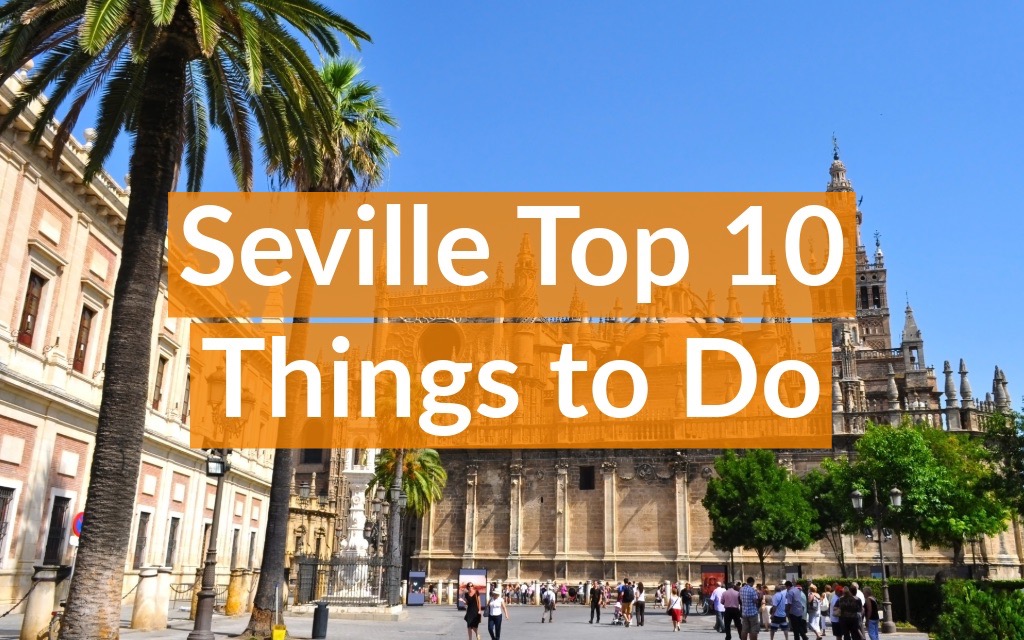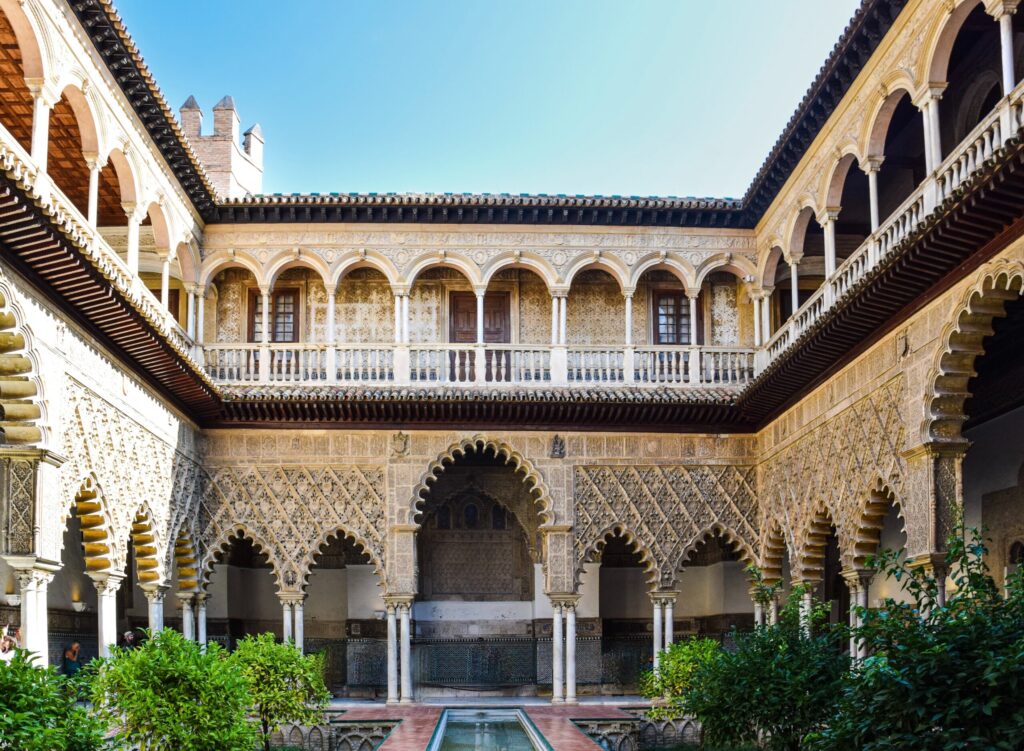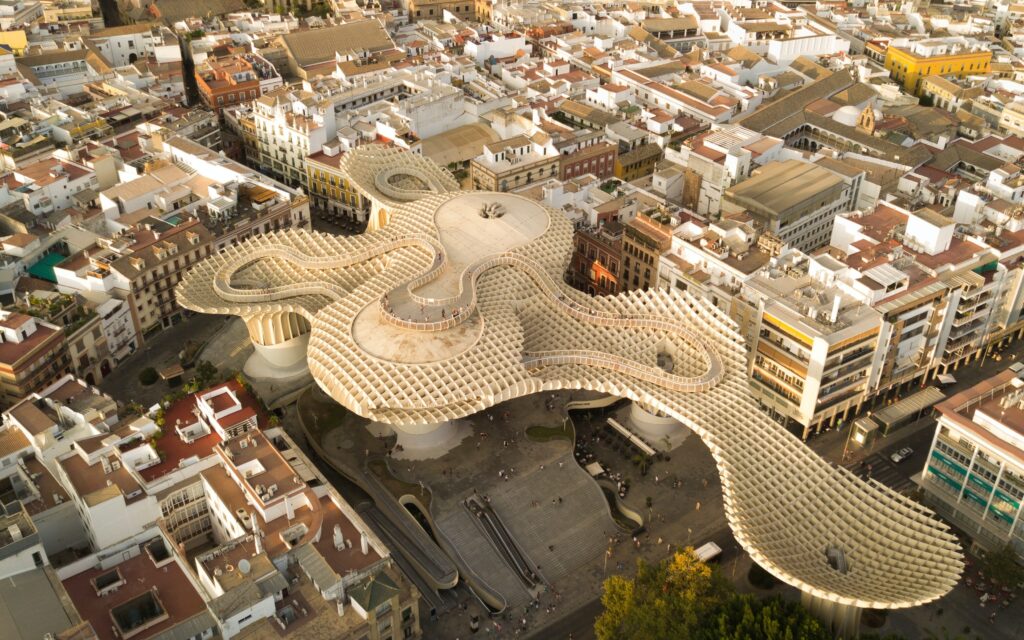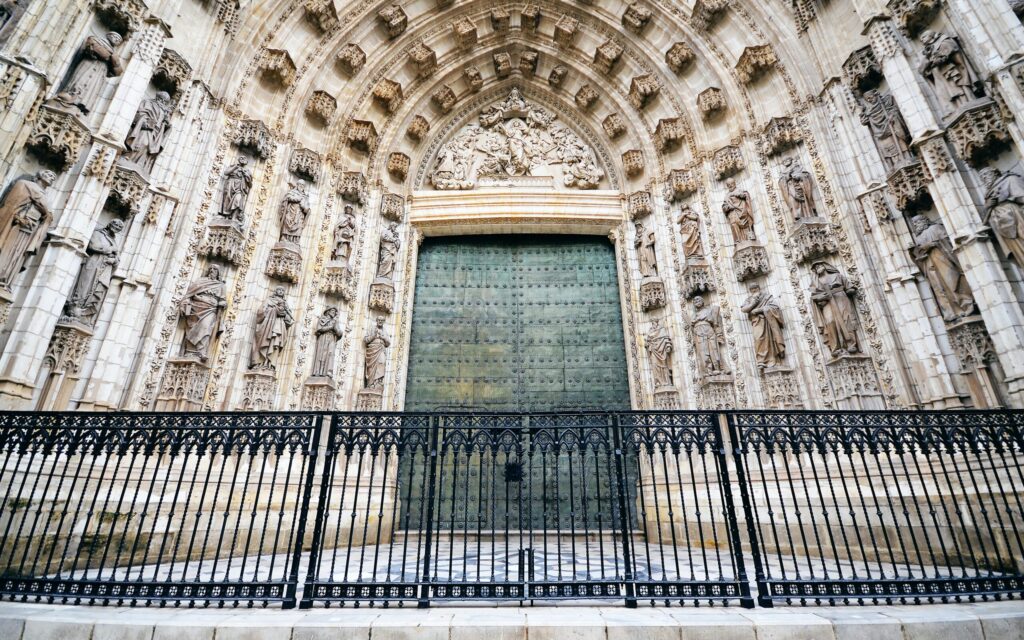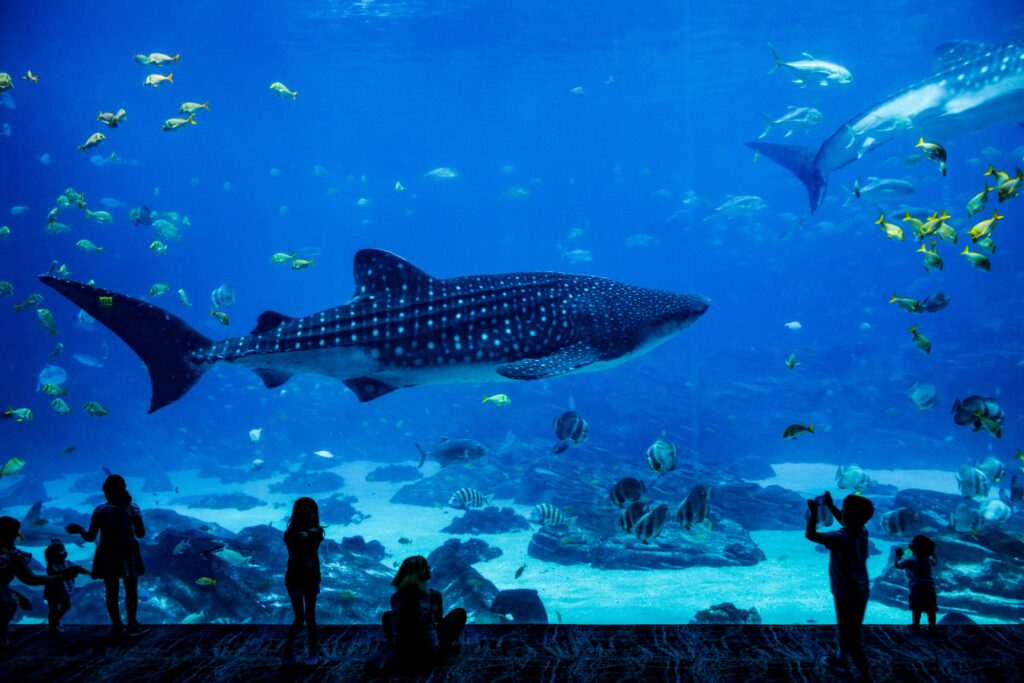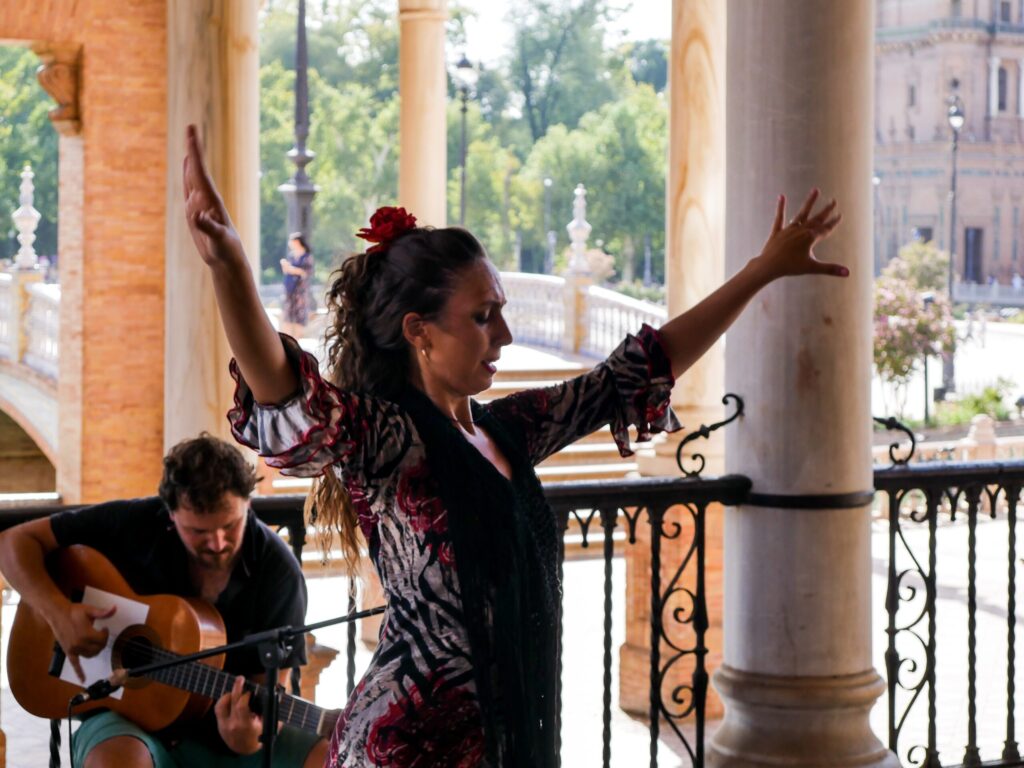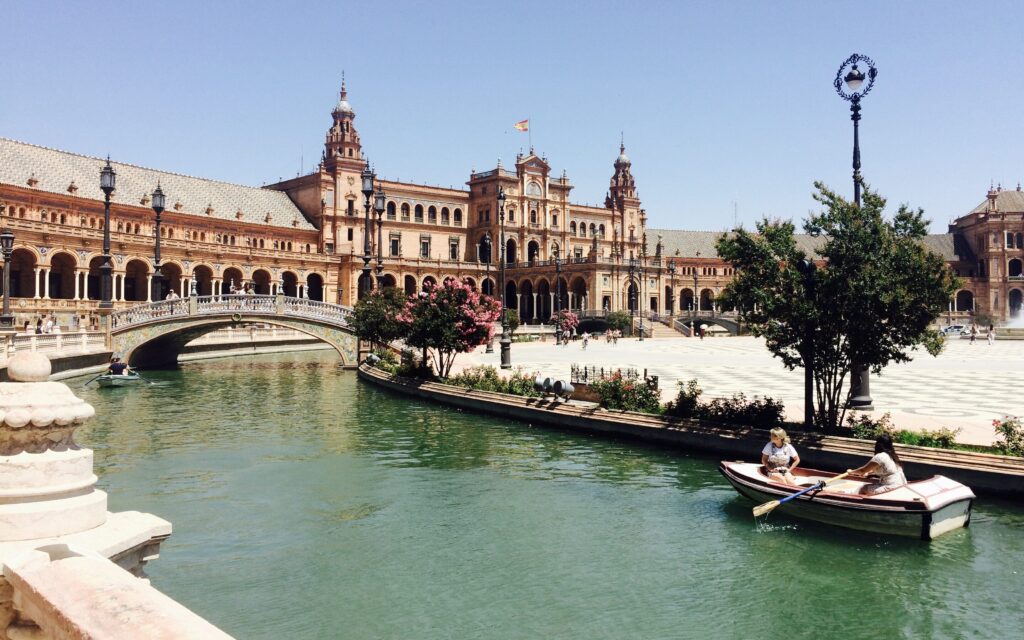Seville Itineraries
Disclaimer
Posts on Visit-Seville.com City Guide may contain affiliate links, meaning we get a commission if you decide to make a purchase through our links, at no cost to you.
Visit Seville – Tourist Guide to Seville Spain

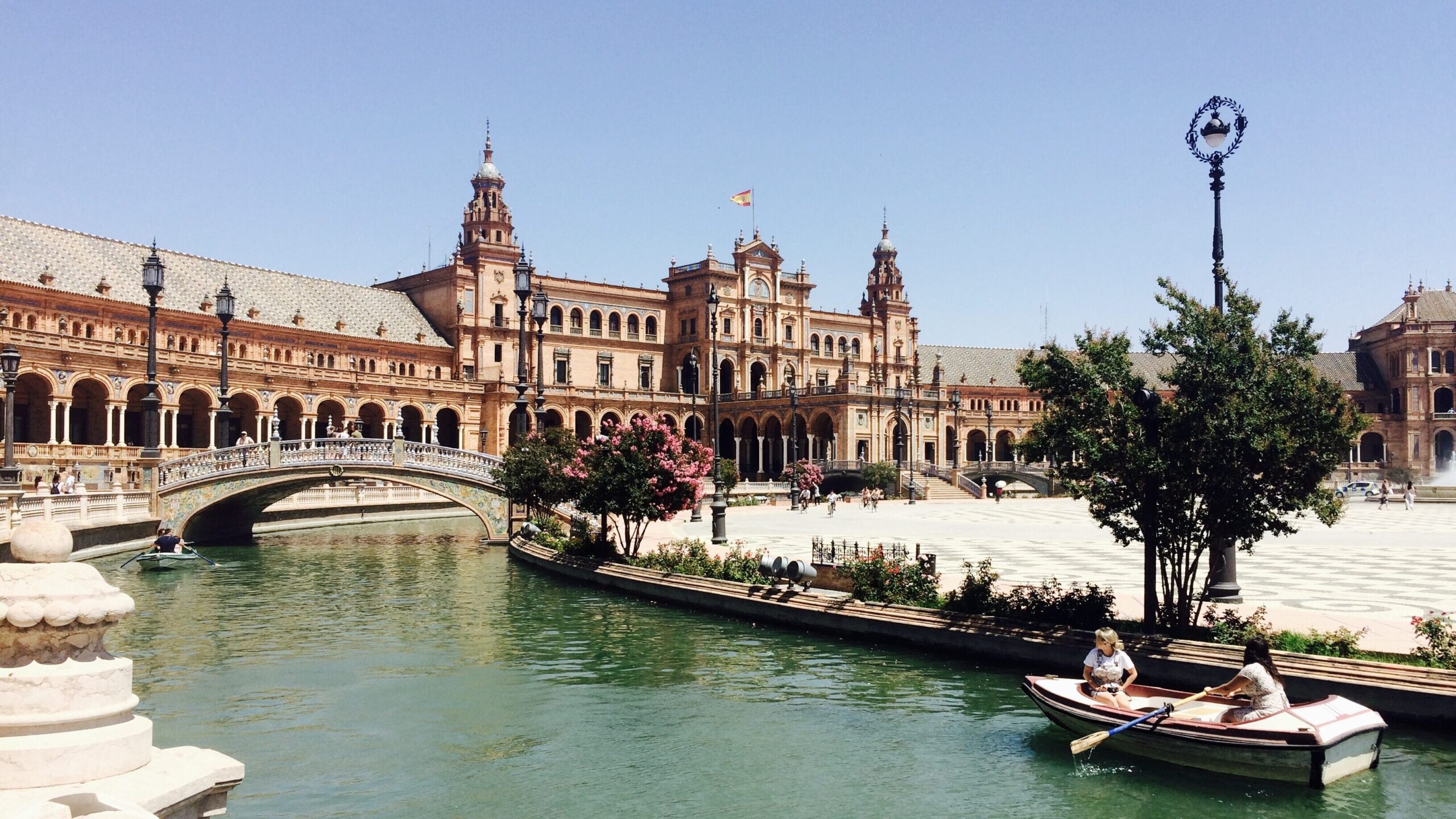
Are you considering a city trip to Seville? Welcome to Visit-Seville.com, your ultimate travel companion for exploring the beautiful city of Seville, Spain.
Our online travel guide is designed to provide you with valuable insights and recommendations to make the most of your visit to Southern Spain.
Visiting Seville Overview
Seville, located in southern Spain, is the capital city of the Andalusian region and has a population of around 700,000. It ranks as the largest city in Andalusia and the fourth-largest in Spain.
The city sits next to the Guadalquivir River and boasts a large and well-preserved historic centre. This area is famous for landmarks like the Seville Cathedral and the Real Alcázar. These buildings showcase the city’s rich history, which includes both Moorish and Catholic influences.
Flamenco music is popular in Seville and the city is also known for its food, especially tapas.
Most popular things to do in Seville
Here are a selection of the most popular Sevilla attractions. Alternatively take a look at our Top 10 Things to do in Seville.
What is the weather in Seville like? When should I visit Sevilla?
Seville has what is known as a Mediterranean climate, with hot, dry summers and mild winters.
Seville is known for its intense heat during the months of July and August, making it essential to plan your visit carefully if you wish to avoid this heat.
During the hottest parts of the year, many locals will leave Seville for the north or the coast of Spain to get a break from the heat. Often many shops and attractions to be closed during the afternoons in the summer months, with the city coming alive at night.
In my opinion, the best time to visit Seville is during the spring months (March to May) when the weather is pleasantly warm, and you get to witness the beauty of the famous orange trees (that line many central streets) and the famous jasmine trees that make the city smell amazing!
Alternatively, visiting from September to November also offers comfortable temperatures and is often a little less busy, making visiting some of Seville’s best attractions slightly easier.
| Jan | Feb | Mar | Apr | May | Jun | Jul | Aug | Sep | Oct | Nov | Dec | |
|---|---|---|---|---|---|---|---|---|---|---|---|---|
| Average Min Temperature (°C) | 5°C | 6°C | 8°C | 10°C | 13°C | 17°C | 20°C | 20°C | 17°C | 13°C | 8°C | 6°C |
| Average Max Temperature (°C) | 16°C | 17°C | 21°C | 22°C | 27°C | 32°C | 36°C | 36°C | 32°C | 26°C | 20°C | 17°C |
Where is Seville located in Spain?
Seville is situated in the South of Spain, in the region of Andalusia – often being referred to as the capital of Andalusia.
The city is roughly 90 kilometres northeast of the coastal city of Cádiz and about 135 kilometres southwest of of Cordoba.
Seville is ideally located to visit the majority of Spain with excellent public transport links – for example it only takes 2.5 hours to visit the capital Madrid in the North via train.
Is Seville famous for its Oranges?
Yes, Seville is known for its oranges, with many of the central streets lined with beautiful orange trees.
The particular type of orange from Seville is very bitter and tart. In fact the oranges you find on the streets of Seville are too bitter to eat like a regular orange and are used mainly for making jams and marmalades.
Orange trees in Seville are typically in season from late December to early February.
Frequently Asked Questions for Tourists Visiting Seville
What is the best time to visit Seville?
The best time to visit Seville is during the spring (March to May) and fall (September to November) when the heat isn’t too intense, and the city hosts many of its events and festivals. Summers can be extremely hot, so plan accordingly.
What are the must-see attractions in Seville?
Some of the must-see attractions in Seville include the Seville Cathedral, Alcazar Palace, Plaza de España, Maria Luisa Park, and the historic Barrio Santa Cruz. A perfect 3 day itinerary highlights some of the best Seville has to offer.
What is the local currency in Seville, and where can I exchange money?
The local currency in Seville is the Euro (EUR). You can exchange money at banks, exchange offices, and ATMs throughout the city. Major credit cards are widely accepted as well.
How do I get around Seville?
Seville has an efficient public transportation system, including buses, trams, and a metro. Taxis are also readily available. Many of the city’s attractions are within walking distance if you prefer to explore on foot.
What is the local cuisine in Seville, and where can I try it?
Seville is known for its delicious tapas, with speciality dishes like gazpacho, salmorejo, and various seafood options.
Are Seville and Sevilla the same place?
Yes, Seville and Sevilla refer to the same place. Seville is the English name for the city, while Sevilla is the Spanish name.



